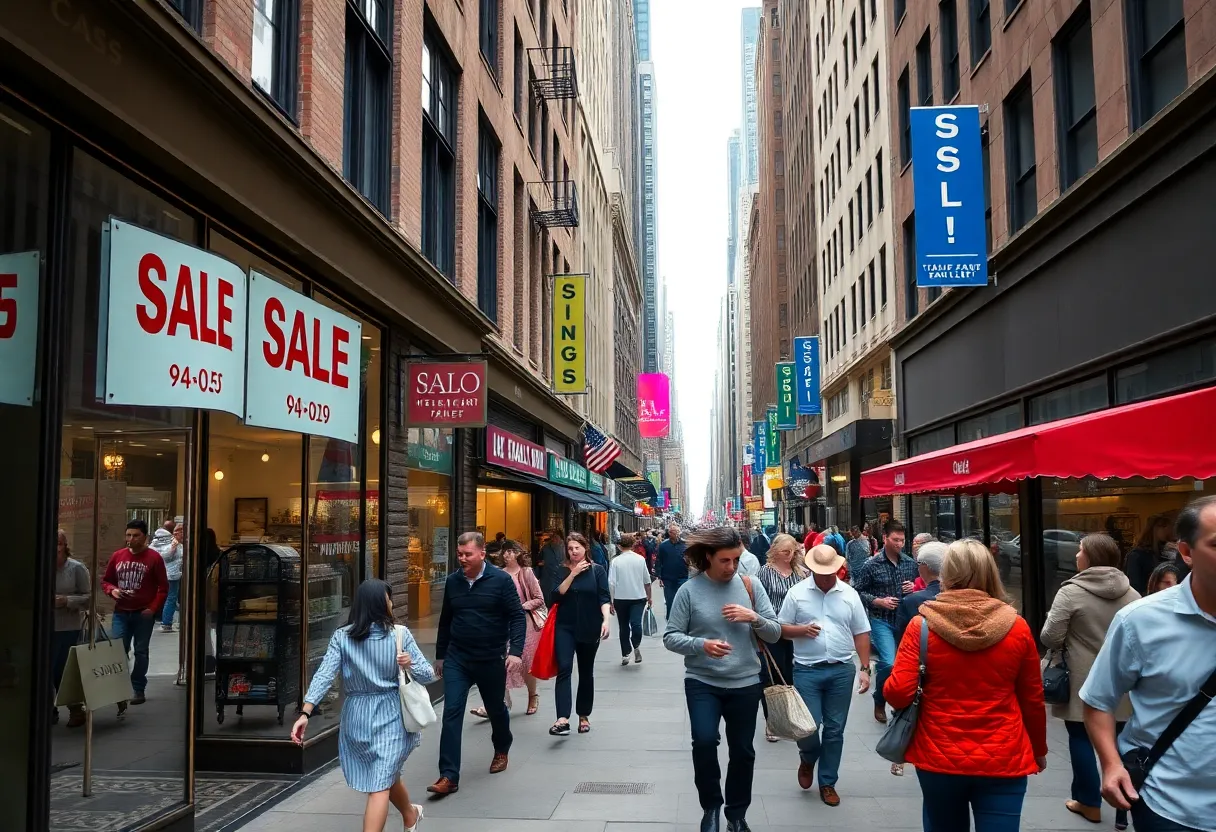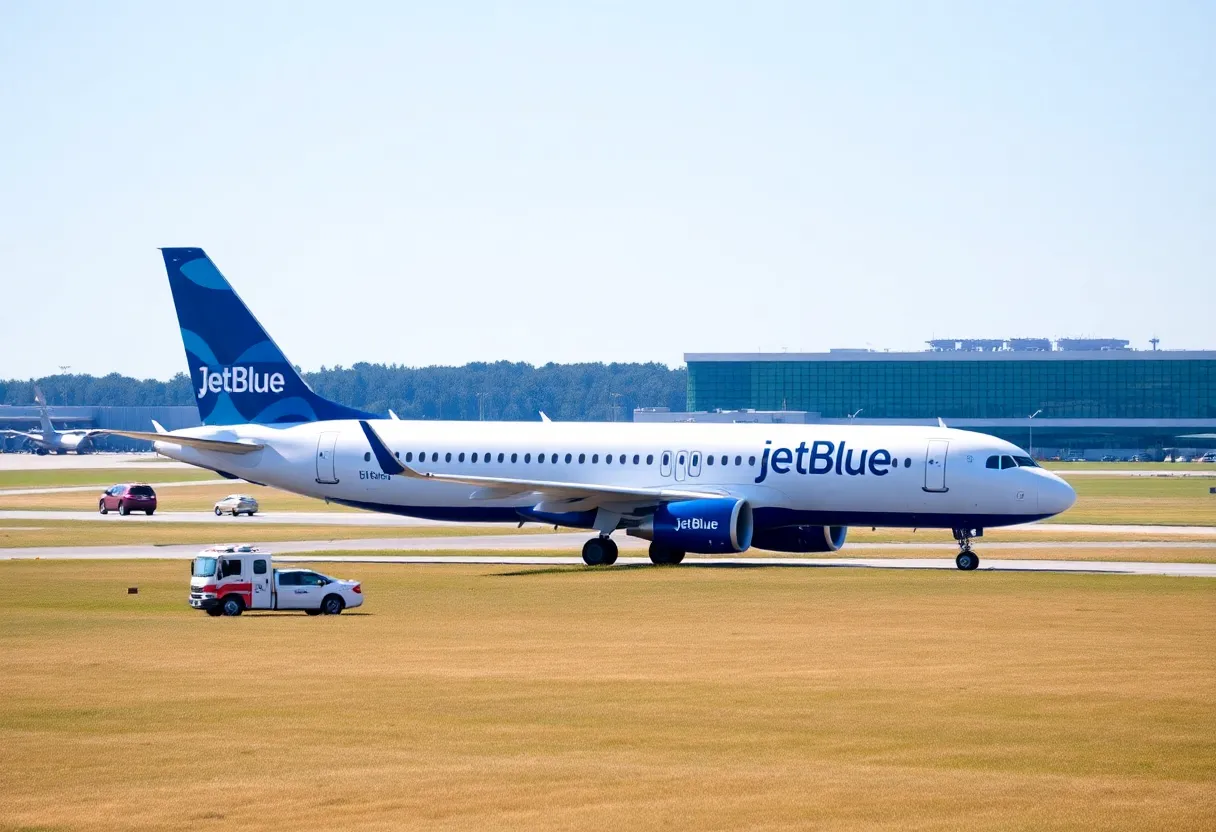News Summary
A recent survey by the Federal Reserve Bank of New York reveals that businesses in the region are passing higher tariff costs onto consumers. Manufacturers report average tariff rates of 35%, while service firms see 26% rates. About 75% of companies affected by these tariffs have raised prices, with many doing so quickly. The shifting tariff landscape has created uncertainty, leading businesses to adjust their strategies. As federal policies evolve, the impact on consumer markets and pricing strategies continues to be significant.
New York – A recent survey conducted by the Federal Reserve Bank of New York indicates that businesses in New York and northern New Jersey are increasingly passing higher costs from tariffs directly to consumers. This growing trend comes as the average tariff rates on imported goods have escalated significantly in recent months, with manufacturers and service firms alike feeling the financial impact.
The survey, which was administered from May 2-9, included responses from various businesses within the region. The findings reveal that approximately 90% of manufacturers and around 75% of service firms import goods into their operations. On average, these firms utilize about 30% of imported inputs in their production processes.
Specifics from the survey show that manufacturers now report an average tariff rate of approximately 35%, marking a steep rise of 25 percentage points since the previous survey six months ago. Similarly, service firms have experienced an average tariff rate increase to 26%, which is up by 17 points over the same timeframe.
In terms of cost absorption, around 75% of businesses facing tariff-induced costs have opted to pass these expenses onto consumers. This means that a considerable number of customers are likely to see an increase in prices as a result. Notably, nearly one-third of manufacturers and 45% of service firms reported that they have fully transferred these increases to their customers. Furthermore, 45% of manufacturers and one-third of service firms have passed some but not all of the cost increases onto consumers.
The timing of these price hikes has been swift, with over half of the firms that raised prices doing so within one month of the tariff cost increases. Many have reacted even more quickly, implementing price raises within just a day or a week after the tariff adjustments. A quarter of firms acknowledged plans to increase prices or had already executed such plans within one to three months post cost increases.
This survey was conducted prior to President Trump’s decision to temporarily reduce tariffs on China from 145% to 30%. Additionally, it occurred before court rulings which invalidated some tariff measures previously imposed by his administration. These developments may notably influence future business strategies and pricing environments, although the survey findings reflect sentiments before these changes took place.
Businesses are currently navigating a landscape marked by disruption to supply chains, with many companies contemplating relocating operations or adjusting the sourcing of their inputs due to the implications of tariffs. This has contributed to an atmosphere of uncertainty for business owners and economic stakeholders alike, as they foresee potential changes in tariff policies.
The sentiment among service firms is particularly notable, as about half expect tariffs to increase further in the upcoming months, while approximately one-third foresee a decline. This mixed outlook suggests a cautious approach among businesses as they prepare for varying economic conditions influenced by potential future tariff adjustments.
As the economic landscape evolves and federal tariff policies shift, businesses in New York and northern New Jersey will continue to adapt their pricing strategies to manage the financial impact of these trade measures. The survey serves as a critical indicator of how tariffs are shaping consumer markets in the region, as enterprises grapple with the balance between maintaining competitive pricing and covering increased operational costs.
Deeper Dive: News & Info About This Topic
HERE Resources
Federal Reserve Reports Businesses Passing Tariff Costs to Consumers
GM Announces $4 Billion Investment in U.S. Manufacturing
Inditex’s Sales Fall Short as Global Economic Uncertainty Grows
BYD Launches Dolphin Surf EV in Europe
Chinese Manufacturers Eye UK Electric Vehicle Market
Stock Futures Rise as U.S.-China Trade Talks Resume
Funding Crisis Hits NYC Pride Celebration Amid Corporate Sponsorship Shortfalls
New York’s Cannabis Market Faces Legal Challenges and Growth
Asian Stocks Surge Ahead of US-China Trade Talks
Hong Kong Legalizes Cryptocurrency Derivatives Trading
Additional Resources
- The New York Times: Trump Tariffs Court Ruling
- Wikipedia: Trade Tariff
- Fox Business: Consumers Paying Costs of Trump’s Tariffs
- Google Search: Trump tariffs impact
- ABC 7 NY: Inflation Report Test of Trump’s Tariffs
- Google Scholar: Trump tariffs economic impact
- CNBC: Inflation Fears Receded in May
- Encyclopedia Britannica: Tariffs
- Reuters: US Importers Navigate Trump Era Tariffs
- Google News: Trump tariffs news








